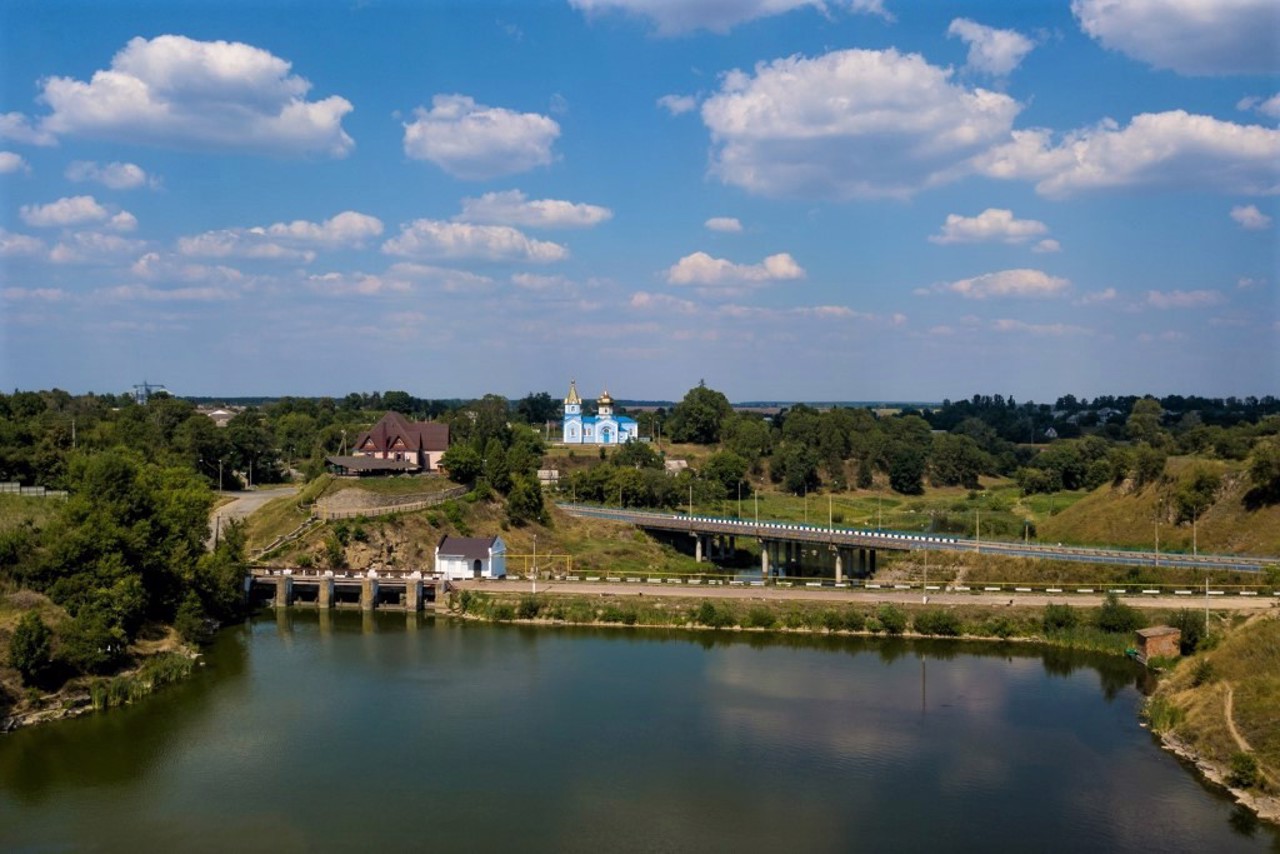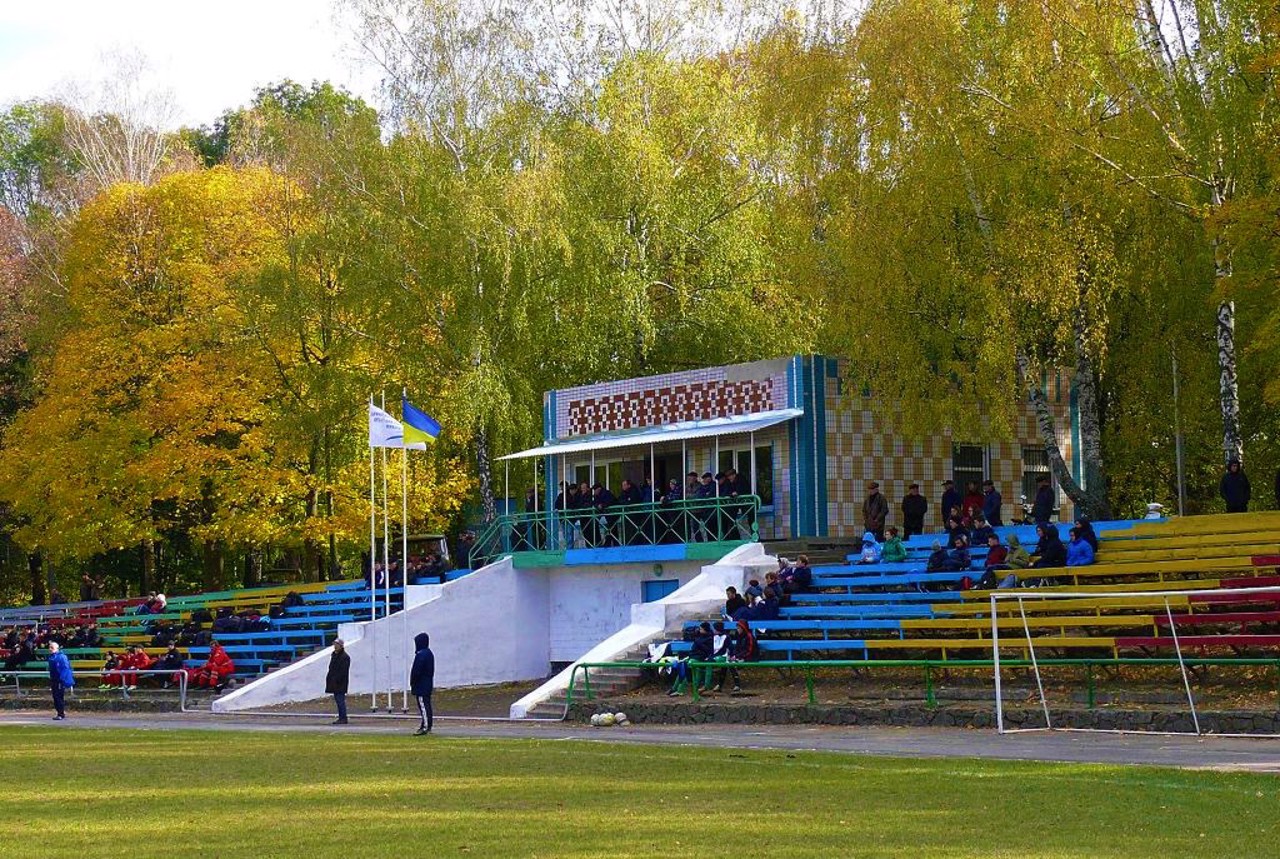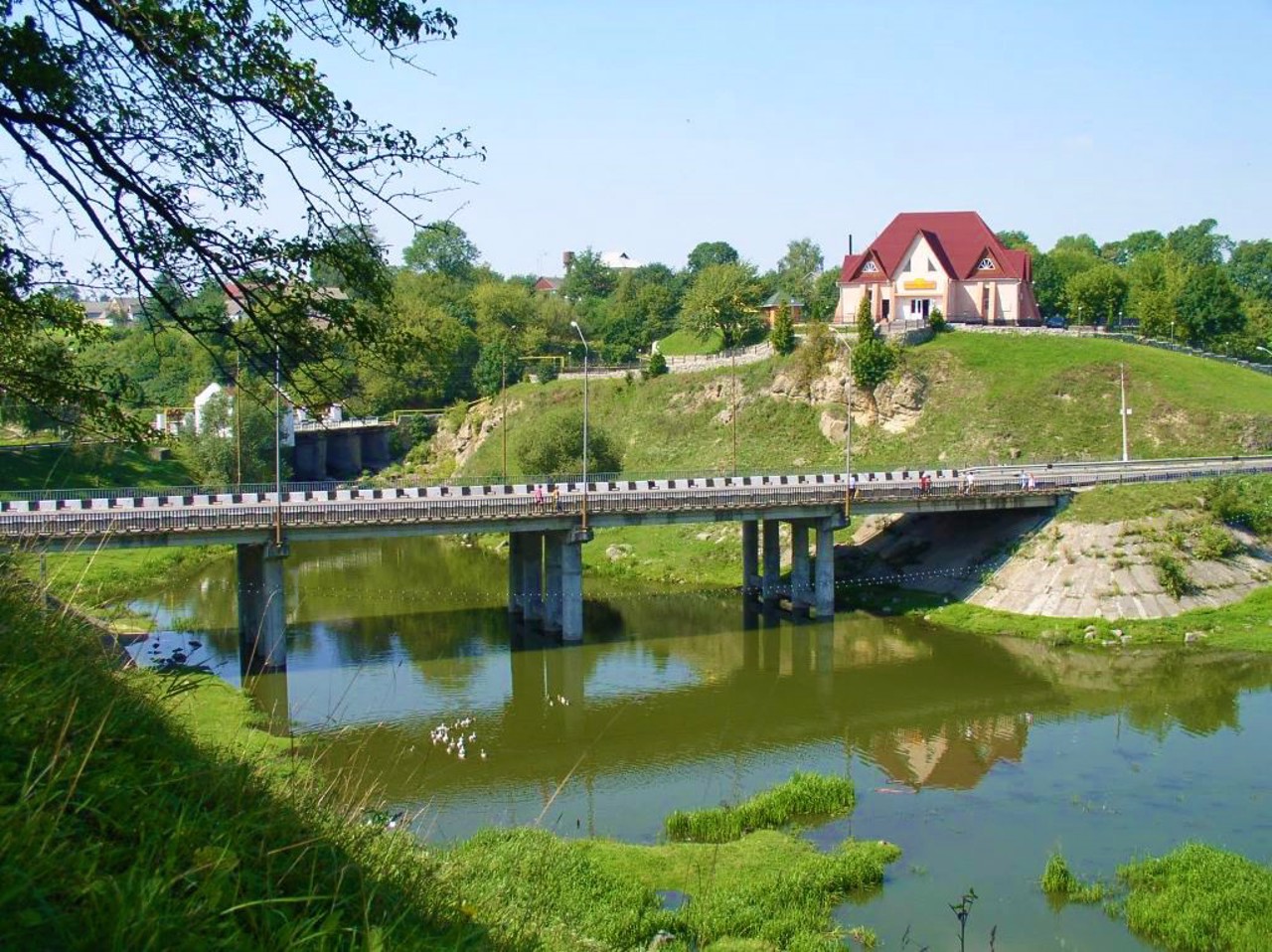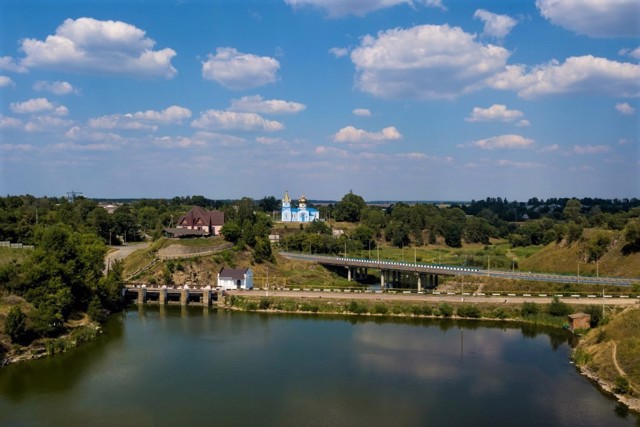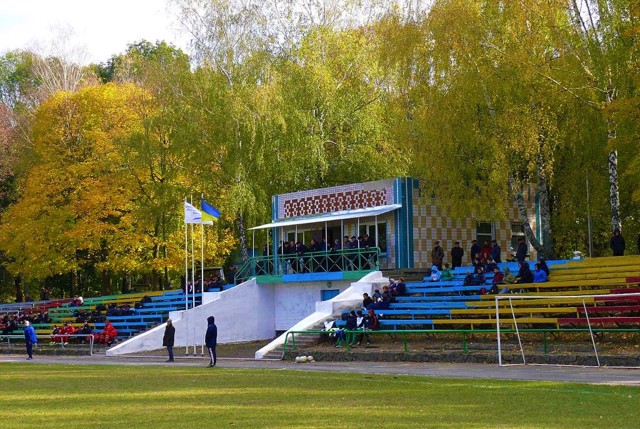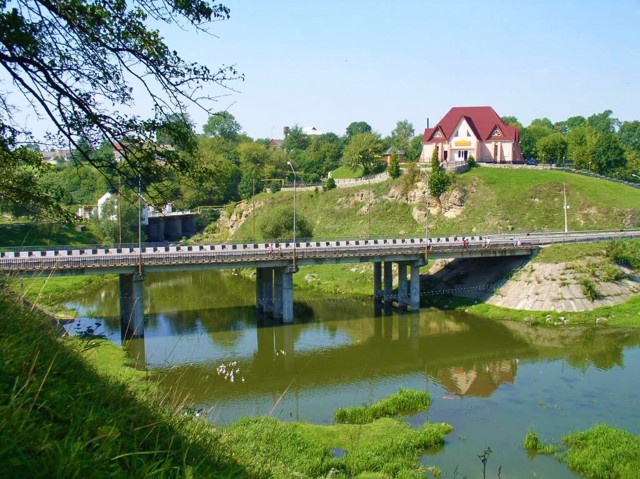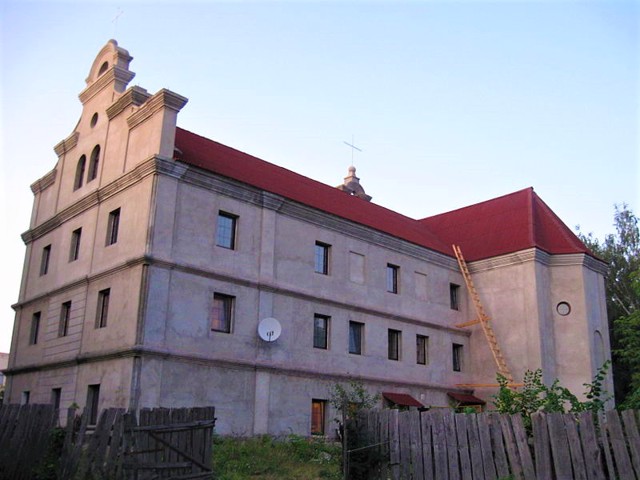Functional temporarily unavailable
General information about Chudniv
The town of Chudniv on the Teteriv River is located 50 kilometers northwest of Zhytomyr in the direction of Khmelnytskyi.
Most likely, the name is related to the surname of the Kyiv boyar Chudyna, but folk tales derive the toponym from the word "miracle". Allegedly, in the old days, the city miraculously managed to hold its own during the attack of a thousand-strong Tatar horde, which is also reflected on the city's coat of arms - the shield depicts a castle with a knight's hand with a saber raised above it.
In 1471, in the lustration of the land of Kyiv, a small Chudniv castle with three cannons was mentioned, the ramparts of which were still visible in the 19th century on one of the ...
The town of Chudniv on the Teteriv River is located 50 kilometers northwest of Zhytomyr in the direction of Khmelnytskyi.
Most likely, the name is related to the surname of the Kyiv boyar Chudyna, but folk tales derive the toponym from the word "miracle". Allegedly, in the old days, the city miraculously managed to hold its own during the attack of a thousand-strong Tatar horde, which is also reflected on the city's coat of arms - the shield depicts a castle with a knight's hand with a saber raised above it.
In 1471, in the lustration of the land of Kyiv, a small Chudniv castle with three cannons was mentioned, the ramparts of which were still visible in the 19th century on one of the hills above Teteriv. Then the city belonged to the princes of Ostrozki, then it became the property of the princes of Sanhushko. In 1660, near Chudniv, the Moscow army of the boyar Vasyl Sheremetev surrendered to the Polish army of Jan II Casimir. At the same time, in Chudniv, Yury Khmelnytskyi signed the Treaty of Slobodishchensky (the Treaty of Chudniv) between Ukraine and Poland, according to which the Pereyaslav Union of Ukraine and the Muscovite Region was broken (as a result, the Cossack Hetman state was divided into Right Bank and Left Bank, which actually started the split of Ukraine).
The Catholic church built in 1760 by Bishop Horczyński, which was visited by the last Polish king, Stanislav Avhust Ponyatovsky, has been preserved. The wooden church of the Nativity of the Virgin (1772) and several more Orthodox churches and an ancient water mill have also been preserved.
Місто Чуднів на річці Тетерів розташоване в 50 кілометрах на північний захід від Житомира в напрямку до Хмельницького.
Найімовірніше, назва пов'язана з прізвищем київського боярина Чудина, проте народні перекази виводять топонім від слова "чудо". Нібито, за старих часів місто дивом вдалося утримати під час нападу багатотисячної татарської орди, що відображено і на гербі міста - на щиті зображено замок з піднятою над ним рукою лицаря з шаблею.
В 1471 році в люстрації Київської землі згадується невеликий Чуднівський замок з трьома гарматами, вали якого ще в XIX столітті було видно на одному з пагорбів над Тетеревом. Тоді місто належало князям Острозьким, потім перейшло у власність князів Сан ...
Місто Чуднів на річці Тетерів розташоване в 50 кілометрах на північний захід від Житомира в напрямку до Хмельницького.
Найімовірніше, назва пов'язана з прізвищем київського боярина Чудина, проте народні перекази виводять топонім від слова "чудо". Нібито, за старих часів місто дивом вдалося утримати під час нападу багатотисячної татарської орди, що відображено і на гербі міста - на щиті зображено замок з піднятою над ним рукою лицаря з шаблею.
В 1471 році в люстрації Київської землі згадується невеликий Чуднівський замок з трьома гарматами, вали якого ще в XIX столітті було видно на одному з пагорбів над Тетеревом. Тоді місто належало князям Острозьким, потім перейшло у власність князів Сангушків. В 1660 році під Чудновом московське військо боярина Василя Шереметєва капітулювало перед польською армією Яна II Казимира. Тоді ж в Чуднові Юрієм Хмельницьким був підписаний Слободищенський трактат (Чуднівський договір) між Україною та Польщею, згідно з яким розривався Переяславський союз України з Московщиною (в результаті козацька Гетьманська держава була розділена на Правобережну та Лівобережну, з чого фактично почався розкол України).
Зберігся католицький костел, побудований в 1760 році єпископом Горчинським, який відвідував останній польський король Станіслав Август Понятовський. Також збереглася дерев'яна церква Різдва Богородиці (1772 рік) і ще кілька православних храмів, старовинний водяний млин.
Сплануй своє перебування у Chudniv
What to see and where to go in Chudniv
Tourist attractions and museums of Chudniv

Finding of Holy Cross Franciscan Church
Temple , Architecture
The Franciscan church and monastery in Chudniv was founded in the 17th century by Prince Sangushko, the stone temple was built in 1760 by the vicar bishop of Horchynskyi.
In 1787, the last Polish king, Stanislav Avhust Ponyatovsky, visited the church on his way to Kaniv to meet the Russian empress Catherine II.
In 1832, the monastery was liquidated, and during Soviet times, the church was also badly damaged.
Now the church belongs to the Catholic parish of the Finding of the Holy Cross, restoration is underway.
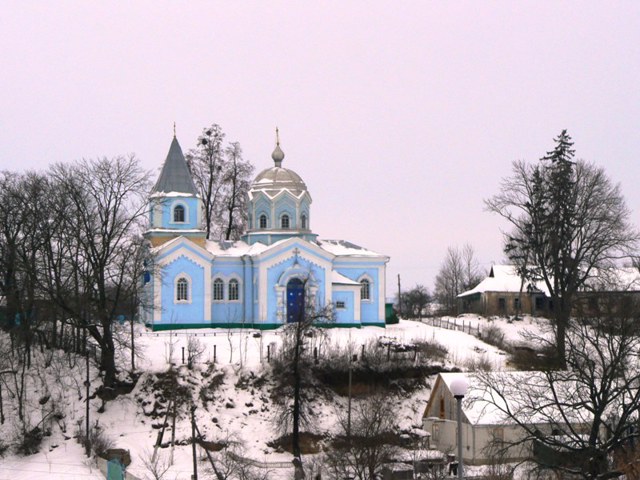
Nativity of Holy Virgin Church
Temple , Architecture
The Church of the Nativity of the Blessed Virgin Mary on the high bank of the Teterev River in Chudniv looks spectacular from the Zhytomyr-Khmelnytskyi highway.
It was built in 1772 at the expense of the city's Orthodox community.
Chudniv on photo and video
Reviews Chudniv
Geographical information about Chudniv
| {{itemKey}} | {{itemValue}} |
|---|---|
| Region |
Zhytomyr |
